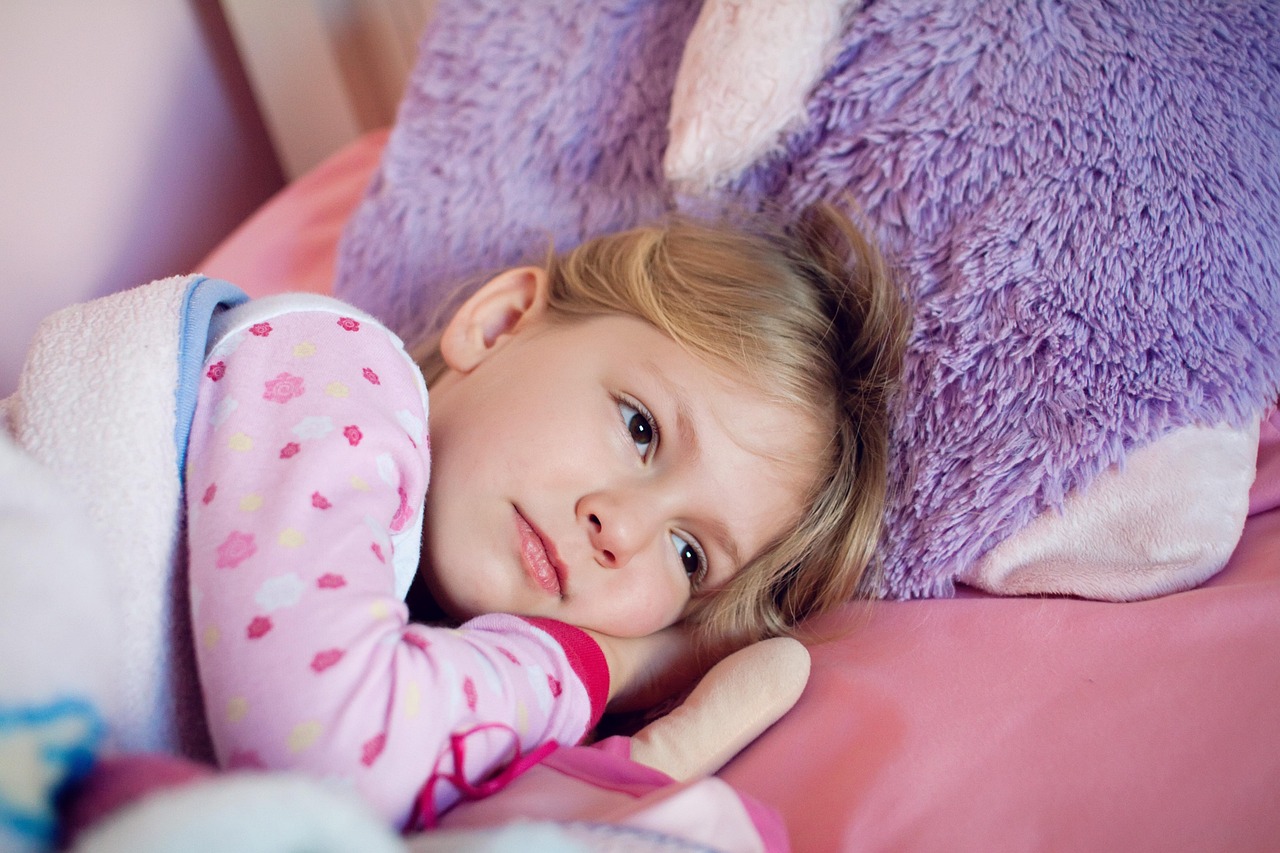Emotion Regulation Toolbox
Emotion regulation is tricky, and I think there are quite a few misunderstandings about how and when emotion regulation happens. I wanted to create something concrete to come back to when you feel like coping skills are not working or it is difficult for you to access what you have learned in therapy.
To have any ability to manage more intense emotions, we first need a solid foundation of both biological and environmental factors. Biological factors include adequate sleep, nutrition, and movement. If we are lacking in any of these areas, it will be more difficult for us to access some of the higher order skills mentioned later. So, if these areas are difficult (sleep, nutrition, movement), start here first. If you can’t start here (e.g., your child is having significant sleep problems and you are working with your pediatrician or completing a sleep study), you can still try individual coping skills, but be mindful of your expectations. These skills may still be helpful, but less effective, if we are missing any of the foundational pieces.
Here are some ideas:
- Offer healthy snacks whenever the child is hungry
- Try to put at least one thing a child will likely eat on their plate for meals
- Have a consistent bedtime routine and try to go to bed at the same time every night
- Create an environment conducive to sleep (comfy bedding, cool temperatures, dark)
- Offer lots of outside time or opportunities for movement that feel good to your child (swinging, spinning, jumping)
- Consider crunchy or cold snacks, which can provide an additional regulating element
- Consider feeding or occupational therapy if picky eating or food refusals are a significant concern
The next part of the foundation is the environmental conditions that help support emotion regulation. In general (this is certainly not true for everyone), most people do well in environments that are structured, predictable, and consistent. When we know what is expected of us and we have an idea of what is going to happen, we are better able to regulate. So, to intervene at this level, assess your daily routines and schedule.
Here are some ideas:
- Have a consistent time for doing homework everyday
- Have a consistent time for access to preferred activities
- Use checklists for things that need to be done in the morning or around the house
- Use a visual calendar so your child can see what activities or events are scheduled, and review this calendar with them
- Provide advanced notice as much as possible for changes to the schedule
- Get your child’s input for building daily routines and the weekly schedule
Once we have a solid foundation, there are two pathways to emotion regulation – coping skills and distress tolerance. What determines the pathway you take is how regulated (or not regulated) your child is. If your child is ramping up emotionally but can still communicate with you and maintain some control over their emotions, we can help support individual coping skills.
This can look like:
- Identifying and challenging unhelpful thought processes contributing to emotional dysregulation (e.g., are we trying to predict the future? Are we talking to ourselves in extremes like “always” or “never?”)
- Creating frequent check-ins with ourselves in order to name how we are feeling
- Using breathing and mindfulness or meditation to bring our emotions back down to baseline
- Using preferred activities (e.g., reading, drawing, listening to music) to bring our emotions back down to baseline
- Using distraction if necessary (think about, talk about, or do something different)
- Process your emotions with a trusted person (e.g., this is how I felt, this is what made me feel like that)
- Revisit if a coping skill worked or didn’t work (how do you know if it worked/didn’t work?)
If your child is so upset that they can’t communicate or even think about any of the skills they have learned, we will focus on distress tolerance. When kids make it to this level of upset, we say that they “flipped their lid” or that their emotion brain has taken over, and they have lost access to all of their other skills. At this level, we wait it out and help our kids ride the wave of their emotion back down.
Strategies to use at this level include:
- Taking space or taking a break
- Making the environment safe
- Reducing language and verbal input for our kids
- Reducing any other overwhelming stimuli (e.g. removing siblings, lowering the lights, etc.)
Emotion regulation is a process, not an outcome. It’s not something that we achieve at one point in time. Rather, it’s something we are constantly working toward. Addressing the foundations of regulation – sleep, movement, nutrition – and creating an environment that promotes regulation – structured, predictable, safe – are great places to start. Once these are in place, we can utilize individual coping skills or distress tolerance skills, depending on how significant the emotional upset is. The point of any “skill” is to survive the moment and ride the wave of the emotion, not to go from mad to happy, or sad to excited. Emotions are a necessary and valuable part of life. We can welcome them and learn from them without letting them take over.
Author
Dr. Danielle Mohr is a licensed psychologist at Wolff Child Psychology. She specializes in comprehensive evaluations for children, teens, and young adults, and she conducts regular individual and family sessions.

